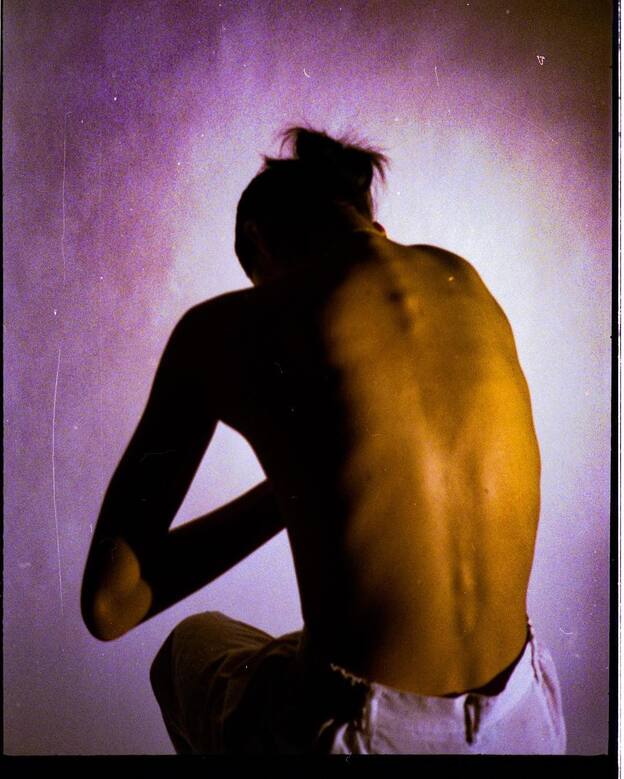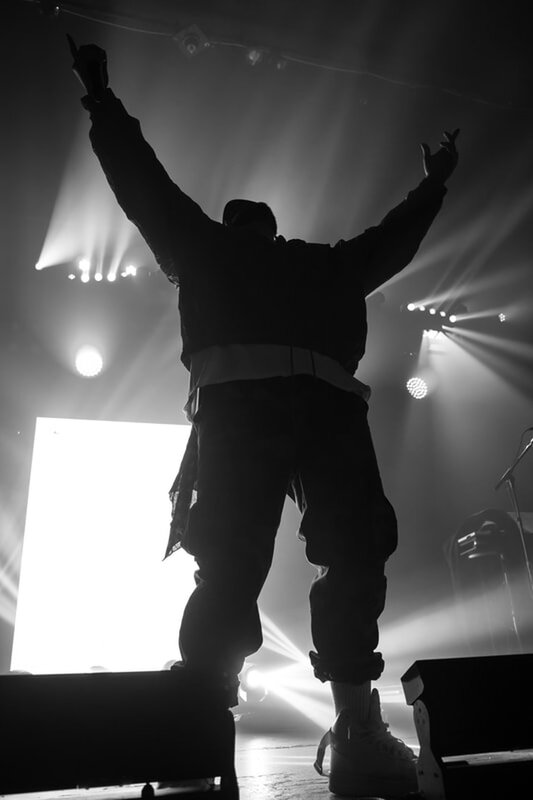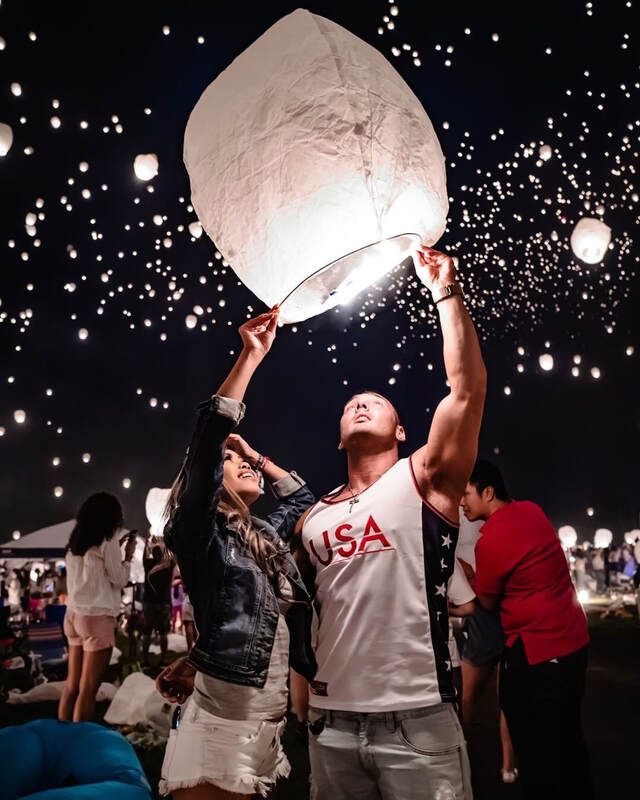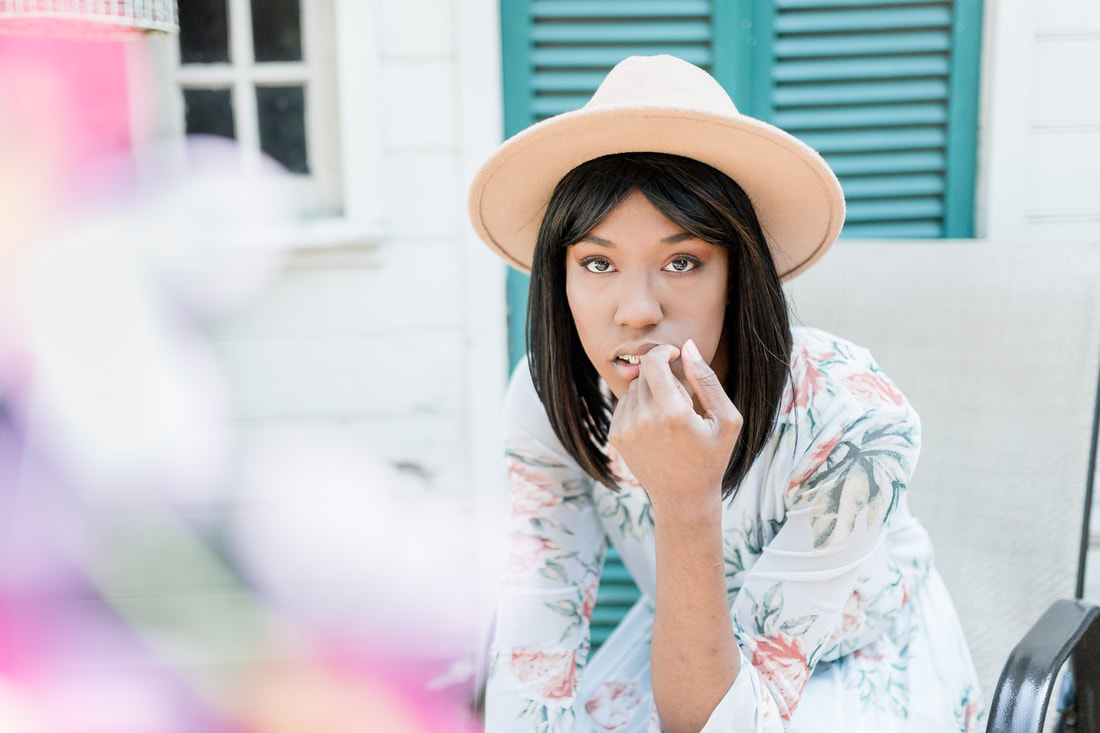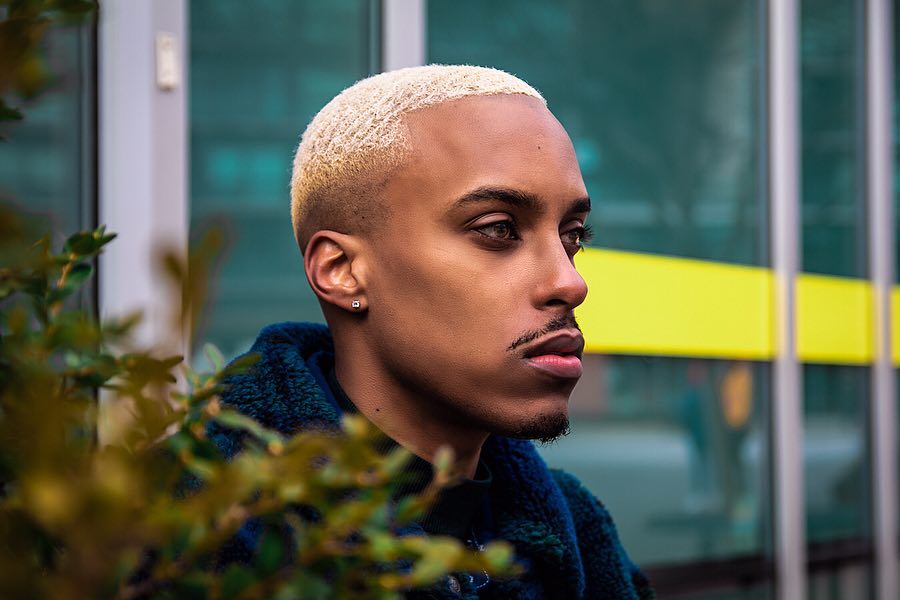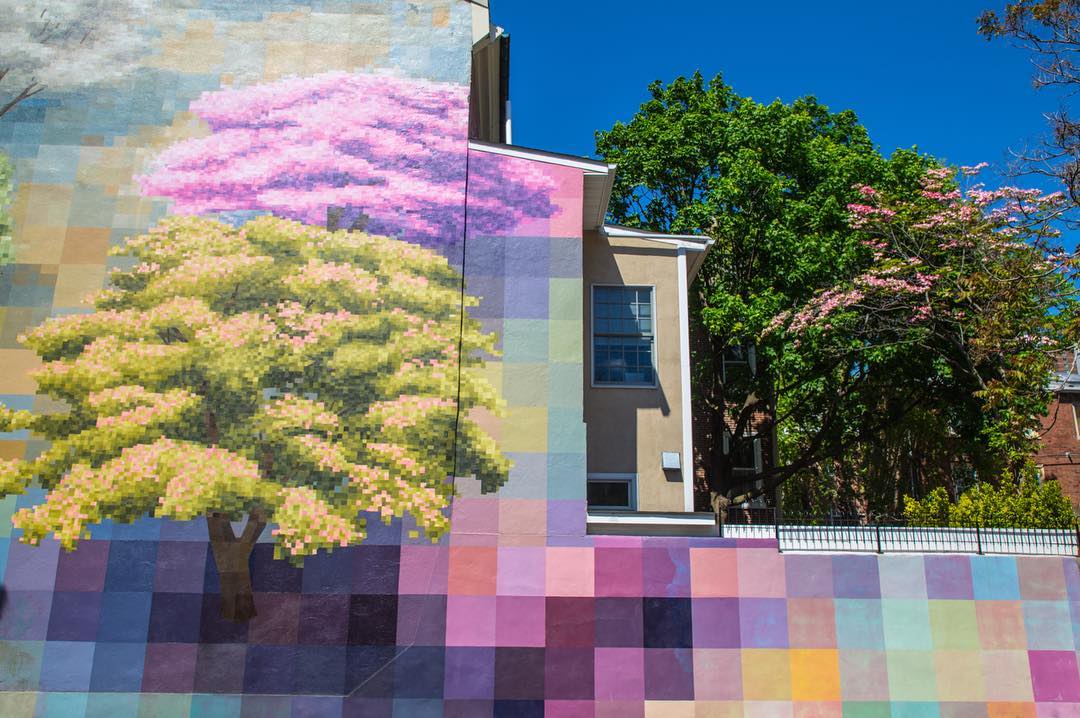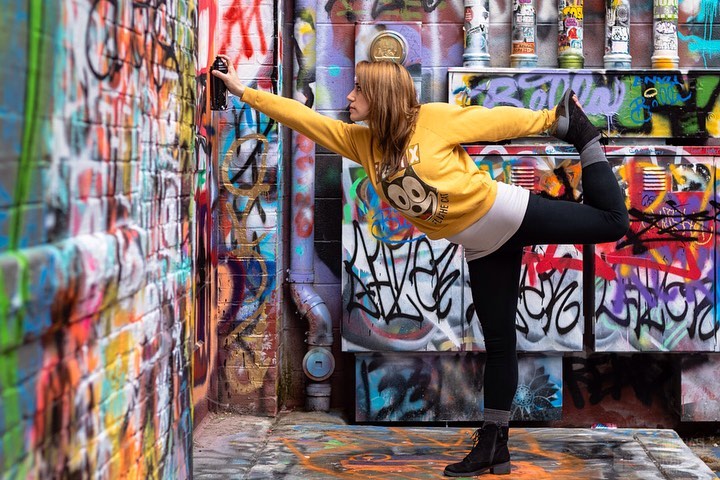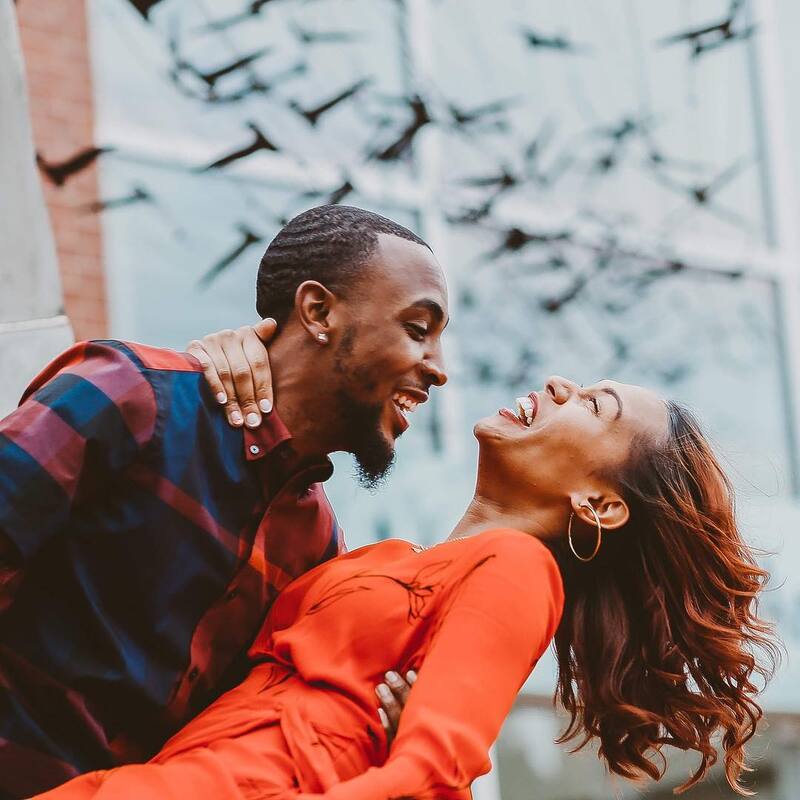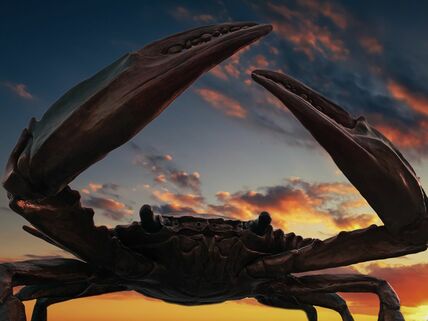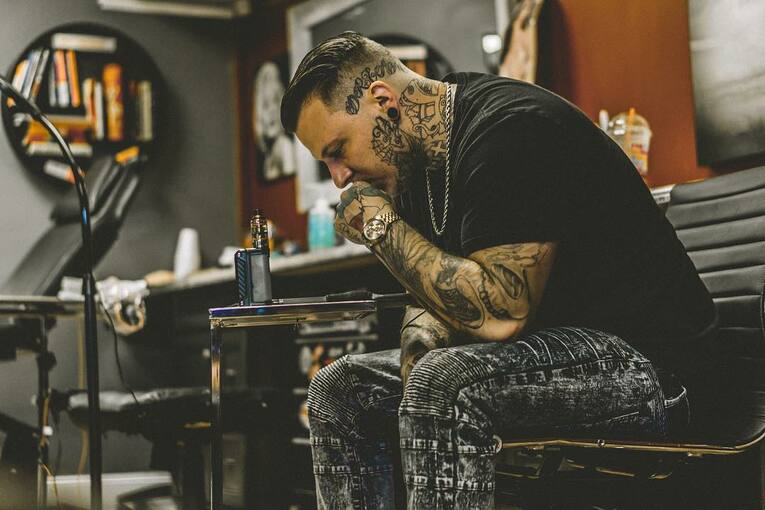Xander Opiyo (Newark, Delaware) |
|
A freelance photographer and fine arts major at the University of Delaware, Xander Opiyo tells us how much he appreciates all kinds of art, but has a fine focus on photo and video work. In a full interview with Xander, he explains his unconventional ways of turning a digital photo into something much older and retro-looking. Whether its using a prism to capture certain lighting, or to put the frame into a more refined shape, or physically rubbing a photo strip with dust particles, he maintains an out-of-the-box approach.
|
So I know you do some extra work to get your photos to look the way they do, could you explain exactly how you achieved this look in post production?
"I shot it on film and then I scanned it. Before I scanned it, I rubbed the film cut on a table that had dust on it- so I could get some dust particles on the film. And then I scanned it at a really high dpi (depth per inch). I boosted the colors in Lightroom. And I like how raw it looks and like kinda scary, yet also dreamlike." How often do you use film? "Nowadays I use film about 40% of the time. Every other time, it's just digital. But I'm starting to use it more, because it's just like a really cool aesthetic that you can't replicate with digital. I found that all the presets - like VSCO presets, Instagram presets - they're all trying to go back to film and I feel like that means something. Like that speaks to me." |
|
What is the process of doing a photo shoot with you?
"Usually I have a concept in mind that I want to do. And I find a model who I think can help me best convey that idea. So for the purple photo I was doing color theory basically. I was doing a photo shoot earlier than that where the only color was black, then another where the only color was white. I was basically doing that because black and white are the limits of what is considered a color. The definition of a color is the presence of light of a specific wavelength. White has no specific wavelength. Black is the absence of light. So I just wanted to run with that idea." Do you style the models or do they style themselves? "I help style the models with clothes and outfits, and they'll bring multiple fits, but I like to leave the poses up to the model. I'll give some direction while we shoot, but I try to let the model interpret what I'm saying in their own manner. I don't do a specific shoot and tell a model to do a specific pose." |
|
I see you often pair two pictures together into one, what's the thought process behind this?
"I just think it's interesting, having two in one. And also it's like the best way to show contrast. The two pictures work together. I like to know which photo people focus on first, whether it's the big one or the smaller one, I find that interesting." |
How do you go about the wavy effects on a certain part of your photos?
"So my friend showed me all this scanner art that was starting to become a trend, so I took the photo and while it was scanning, scanning slowly, I waved it around on the scanner. So that's why her face looks all 'weergh' wobbly. That's a good word for it. Wobbly face. And then I just let it remain still for the remainder of the scan. That's why the top half is wavy and the lower half is normal."
How has Instagram affected your photography?
"It's given me a reason to put out content consistently. I think that's basically it. Because I want to gain a following, just so I can get more jobs. Like I really don't care about being 'Insta-famous' or anything, I just really want a job. And it's definitely helped me make connections.
And how is that different from other platforms?
"VSCO is another one that I use a lot. I like it because there's no likes, there's no comments - you can like things, but there's no numeration of likes, no numeration of comments. You can't see how many - you can't see how many followers anyone else has, or yourself has. It's just pure photos and pure imagery. So it just does away with all the commercialization that Instagram has. It's just raw. Less pressure."
"So my friend showed me all this scanner art that was starting to become a trend, so I took the photo and while it was scanning, scanning slowly, I waved it around on the scanner. So that's why her face looks all 'weergh' wobbly. That's a good word for it. Wobbly face. And then I just let it remain still for the remainder of the scan. That's why the top half is wavy and the lower half is normal."
How has Instagram affected your photography?
"It's given me a reason to put out content consistently. I think that's basically it. Because I want to gain a following, just so I can get more jobs. Like I really don't care about being 'Insta-famous' or anything, I just really want a job. And it's definitely helped me make connections.
And how is that different from other platforms?
"VSCO is another one that I use a lot. I like it because there's no likes, there's no comments - you can like things, but there's no numeration of likes, no numeration of comments. You can't see how many - you can't see how many followers anyone else has, or yourself has. It's just pure photos and pure imagery. So it just does away with all the commercialization that Instagram has. It's just raw. Less pressure."
|
How did you make the light super bright and reflect in different directions?
"I used a lens filter that creates a star effect. But in this case, there was no light bouncing off of something, it was just light emitted. And because it was emitted, it made like a hazy effect on the skate rental sign. And because it's like a hard plastic filter, the light reflected off the filter and created a very translucent image on the middle of the photo. And I just love how retro that shoot was. It was a good time. Were you actually roller skating? "I didn't. They actually did go roller skating though. Me and the one dude planned the vibe to shoot there and everything. And they were going roller skating regardless because we were at a roller skating rink, so they did end up skating. He was really good, I'm pretty sure, but she was not the best if I can remember correctly. She was just regular level skating and he was like, tight, like swoosh." |
"I guess my whole thing with capturing people is capturing genuine moments. I don't like anything contrived. I don't like over explaining anything and I don't like underexplaining anything. I try to just make everything subtle. Subtle but powerful."
How would you describe your work in general?
"In general? I don't know...I don't know. I don't know if I have a vibe with it yet. It's ummm....can I look at my work real quick? I think it's so random, but like people say that I have a style. It's hard to see for yourself if you have a style. I think that's good. I'd say it's experimental. I try to make it timeless, so if someone saw it fifty years from now, they couldn't tell if it was from that day or fifty years from the past. I try to make it really genuine like I said before. I also think it's really soft. I try not to be really gritty with anything. And if it is gritty it's gritty in a soft way. If that makes sense...probably doesn't make sense. I find myself turning back to the aesthetics of the past all the time. Like the 70s, 80s, 90s."
What got you in to photography?
"When I was younger I was always drawn to pictures that had a shallow depth to field. Which back then I didn't know wehat that meant, but basically the background is super blurry and the front person is super clear. And I was just like whoa I like how that looks. And I wanted to make other things look like that. And I started seeing things....I started seeing regular things and I'm just like wow that looks really pretty and beautiful to me, but I want other people to see that. And the only way to like force people to see that is through great, cool imagery. So I started taking pictures in high school for the yearbook with sports and stuff and then I started more portrait stuff."
How has college affected your work?
"It's taught me that I have to make less decisions when I do things. Like I have to say this is going to be here, this going to be here and stick with that. It taught me about composition. It trained my eye."
How would you describe your work in general?
"In general? I don't know...I don't know. I don't know if I have a vibe with it yet. It's ummm....can I look at my work real quick? I think it's so random, but like people say that I have a style. It's hard to see for yourself if you have a style. I think that's good. I'd say it's experimental. I try to make it timeless, so if someone saw it fifty years from now, they couldn't tell if it was from that day or fifty years from the past. I try to make it really genuine like I said before. I also think it's really soft. I try not to be really gritty with anything. And if it is gritty it's gritty in a soft way. If that makes sense...probably doesn't make sense. I find myself turning back to the aesthetics of the past all the time. Like the 70s, 80s, 90s."
What got you in to photography?
"When I was younger I was always drawn to pictures that had a shallow depth to field. Which back then I didn't know wehat that meant, but basically the background is super blurry and the front person is super clear. And I was just like whoa I like how that looks. And I wanted to make other things look like that. And I started seeing things....I started seeing regular things and I'm just like wow that looks really pretty and beautiful to me, but I want other people to see that. And the only way to like force people to see that is through great, cool imagery. So I started taking pictures in high school for the yearbook with sports and stuff and then I started more portrait stuff."
How has college affected your work?
"It's taught me that I have to make less decisions when I do things. Like I have to say this is going to be here, this going to be here and stick with that. It taught me about composition. It trained my eye."
Explore Other Local Photographers...
